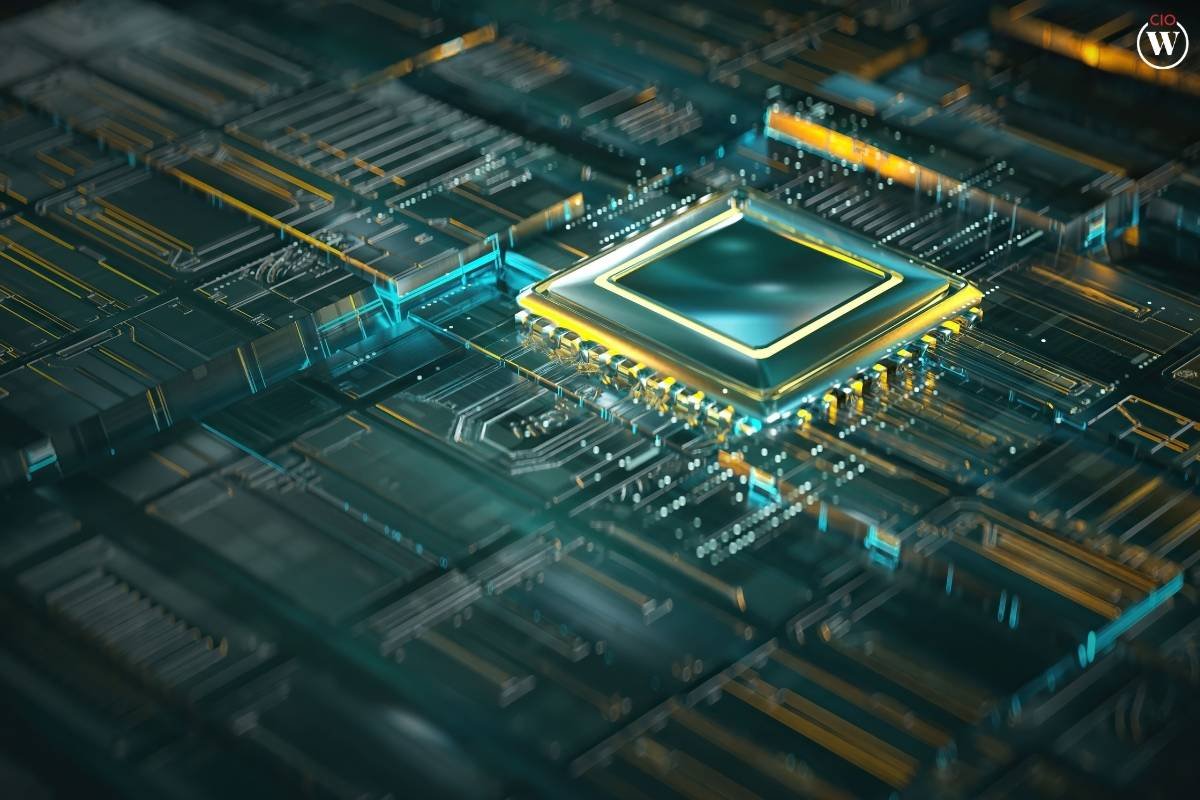In today’s world of computers, making things more efficient is all about using processors with low Thermal Design Power (TDP). These advanced parts don’t just save a lot of energy—they also change what computers can do and how they affect the environment in different industries. Whether it’s in laptops or big data centers, using processors with low TDP is a big move towards making computers more sustainable and able to perform better.
Understanding Processors with Low TDP
Processors with low Thermal Design Power (TDP) are engineered to operate efficiently with minimal power consumption while maintaining high-performance levels. TDP is a critical specification in semiconductor design, indicating the maximum heat output a component generates under typical workload conditions. Lower TDP values signify reduced energy consumption and heat dissipation, making these processors ideal for applications prioritizing efficiency and thermal management.
These advancements are pivotal in consumer electronics, where lower TDP extends battery life and enables quieter operation by minimizing heat generation. In data centers and server environments, achieving low TDP contributes to significant energy savings and enhanced sustainability by reducing cooling requirements. Achieving low TDP involves innovations in semiconductor technology, including optimizing transistor design, managing voltage efficiency, and improving thermal dissipation methods. Overall, achieving low TDP not only enhances device performance and reliability but also supports environmental initiatives by lowering overall energy consumption and greenhouse gas emissions in computing operations.
Evolution and Technological Advancements

The evolution of processors with low TDP has been driven by ongoing progress in semiconductor technology, thermal engineering, and computational efficiency. Initially, efforts were concentrated on refining microarchitecture and manufacturing processes to enhance performance while minimizing power consumption. These early iterations laid the foundation for today’s advancements, where leading semiconductor giants like Intel, AMD, and ARM are at the forefront. These companies leverage state-of-the-art materials, innovative design methodologies, and advanced fabrication techniques to optimize energy efficiency and improve thermal management capabilities even further.
Modern processors with low TDP integrate complex circuitry and sophisticated power management features that dynamically adjust voltage and frequency based on workload demands. This level of optimization not only reduces energy consumption but also enhances overall system reliability and performance, meeting the evolving needs of diverse computing applications from mobile devices to high-performance computing clusters.
Applications Across Industries
The versatility of processors with low TDP extends across diverse industries, catalyzing innovations in:
1. Consumer Electronics:
Processors with low TDP are essential in portable devices like laptops, tablets, and smartphones because they significantly extend battery life while maintaining strong computing performance. This balance is critical for users who rely on these devices for their mobility and reliability in everyday tasks. With lower power consumption and reduced heat generation, these processors allow devices to run longer on a single charge without sacrificing speed or responsiveness. This not only enhances user productivity but also improves the overall user experience by ensuring that devices remain efficient and functional throughout the day.
2. Data Centers:
In data centers, efficient data processing is crucial for handling vast amounts of information non-stop. Processors with low TDP play a pivotal role by consuming less power and generating less heat. This reduces the need for extensive cooling systems, resulting in lower operational costs and improved environmental sustainability. By minimizing energy usage and heat output, data centers can achieve higher efficiency levels while maintaining optimal performance, meeting the growing demand for reliable and eco-friendly computing infrastructure in the digital age.

3. Automotive and IoT:
In automotive applications and Internet of Things (IoT) devices, processors with low TDP play a crucial role in maintaining reliable operation under strict thermal and power limitations. These processors are designed to deliver efficient computing performance while enduring challenging environmental conditions. They ensure durability and longevity, making them ideal for use in vehicles, where temperature variations and vibrations are common, as well as in IoT devices deployed in remote or harsh environments. Their ability to operate efficiently within constrained budgets enhances overall system reliability and extends the lifespan of critical components.
Advantages of Processors with Low TDP
- Energy Efficiency: Reduced power consumption translates to lower electricity bills and reduced environmental impact, contributing to sustainability goals.
- Enhanced Thermal Management: Lower heat output enables quieter operation and prolongs the lifespan of electronic components, reducing maintenance costs.
- Performance Optimization: Advanced microarchitecture and power management techniques ensure efficient task execution, resulting in improved system responsiveness and user experience.
Future Directions and Innovations

Looking ahead, processors with low TDP are poised for further innovation and integration into next-generation computing solutions. Key areas of development include:
- AI and Machine Learning Integration: Enhancing computational efficiency and real-time decision-making capabilities in AI-driven applications.
- 5G and Edge Computing: Supporting the demands of ultra-low latency and high-performance computing at the edge of networks.
- Environmental Sustainability: Collaborative efforts to develop eco-friendly technologies that align with global environmental initiatives.
Challenges and Considerations
Despite their numerous advantages, processors with low TDP face challenges such as:
- Performance Scaling: Balancing energy efficiency with computational power for demanding applications remains a constant challenge in semiconductor design.
- Compatibility and Integration: Ensuring seamless integration across diverse hardware platforms and software ecosystems requires continuous collaboration and innovation.
Conclusion
Processors with low TDP are changing computing by making it more efficient, powerful, and sustainable. These advancements are making a big impact on things like smartphones, computers for businesses, and new technologies. As technology keeps improving and people work together on new ideas, we’ll see even better and smarter computers. Whether it’s for personal gadgets or big data centers, low TDP processors are leading the charge toward more environmentally friendly and efficient technology. They’re helping create a future where computers do more with less energy, making our world greener and technology even better.








